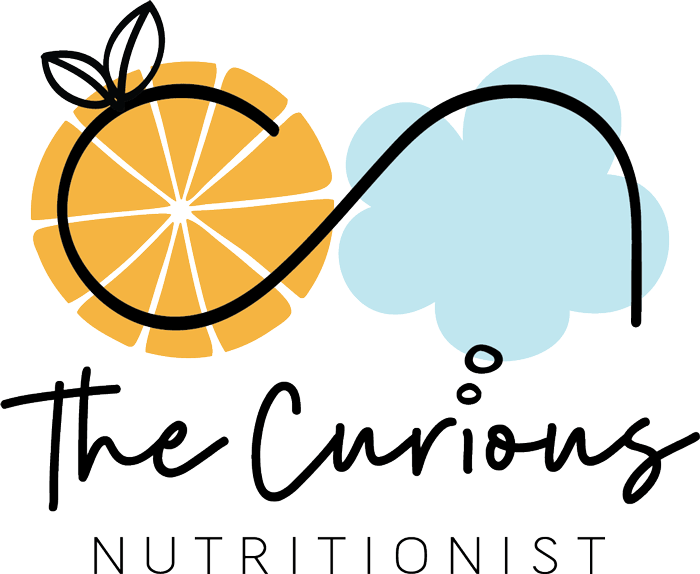How food is marketed has a powerful influence over consumer behaviour and purchases. Have you ever considered that food marketing targeted at children is to groom them towards lifelong brand loyalty?
Children are particularly vulnerable to food advertising due to their stage of cognitive development. Young children think logically in concrete terms; this means thinking is literal, all about physical objects and the here and now. The power of persuasion is difficult for children to discern in an environment flooded with advertising through multiple sources like television, the internet and toys. We live in a commercial world where everything can be branded with food endorsements and cleverly adapted to our environment. As consumers, children will have positive experiences with brands. Think McDonald’s or KFC: family restaurants, playground facilities, quick convenient meals, large presence in the local environment, marketing with toys and sporting sponsorship. Food marketing is deliberately designed to encourage children to pester parents into purchasing and also to lay the foundations of a loyal customer.
Basic neuroscience of food marketing
Food advertising feeds our brain through logic and emotion. It fires up our frontal lobe which is part of the neocortex and responsible for sensory perception, conscious thought and language. Once the brain is stimulated through the neocortex it activates the limbic system which houses the primal instinct of eating. The limbic system creates memories, observes sensory input and emotions. Even though the neocortex is responsible for rational thought, this is used in food marketing to help justify purchases. Engaging our senses with something memorable grabs our attention, this is usually visual. Food advertising will make claims that appeal to a need, want or liking which is considered a ‘pain point’ to marketers. These claims will then stimulate the brain to make a value-based decision to purchase the product. Some people have a higher reward sensitivity meaning that their brain lights up more neural networks making them more vulnerable purchasers.
How to teach children to become informed consumers?
Allow children to be part of the supermarket shopping experience filling the trolley with a variety from the five food groups first, before topping up with some ‘extras’. Be an advocate of ‘all foods fit’. This is important in keeping foods neutral and not giving added power to a food with a less nutritional profile. Give children an opportunity to choose foods to go onto the shopping list, even if they are the ‘junk food’ kind marketed at children. Removing them completely or heavily restricting only increases their appeal.
Model and encourage critical thinking. Young children just need to be exposed to this in everyday life but they won’t necessarily comprehend it. It can be a simple as ‘Have you noticed how many food ads there are? Where have you seen them? Why do you think we have so many?
Be mindful of how marketing infiltrates your life and how much you assign to it, even if you think you don’t! If you didn’t already know, look out for the following on your next outing:
- ‘End caps’ are the end of the aisle in supermarkets designed to draw our eyes to walking down the aisle or to make a purchase. Often these items are pushed as ‘sale’ items but not all of them will be. It’s also common for these items to have a high mark up price to make it look like they’re on ‘sale’ and buying premium at a low cost.
- The more choices that you’re provided with, the greater the ‘pain’ on the ones that you’re missing out on. This can lead to extra purchases that you’ll justify with, ‘I’m just trying this out’.
- Take notice of the products that are placed at children’s eye level or even your eye level. These can be more expensive than the foods below or above them on the shelves.
- Have you noticed how your sense of smell is stimulated when walking into the supermarket? Often the bakery and freshly baked breads and pastries entice you to feel hungry.
Consider your own marketing messages you may be giving your children. Singling out foods for their poor nutritional content and relating them to a body type or size and chronic disease isn’t helpful. Children live and comprehend ‘the present’ and messages of ‘future health’ are easily misinterpreted. Keeping foods on a neutral playing field even if their nutritional profile isn’t all that fantastic still helps meet your food and body ‘needs’. Just remember we eat for enjoyment too and eating food that feels right also nourishes our mind.


